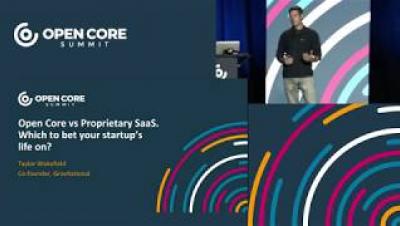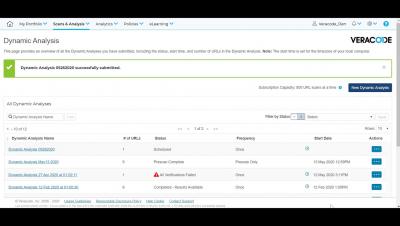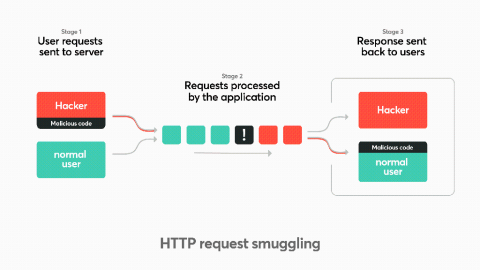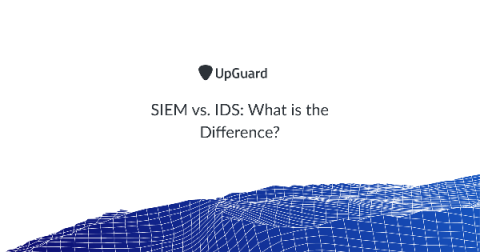Security | Threat Detection | Cyberattacks | DevSecOps | Compliance
%term
Detect CVE-2020-8555 using Falco
This CVE is a Server Side Request Forgery (SSRF) vulnerability in kube-controller-manager that allows certain authorized users to leak up to 500 bytes of arbitrary information from unprotected endpoints within the master’s host network (such as link-local or loopback services).
Open Core vs Proprietary SaaS (which to bet your startup's life on?)
Initiate a Dynamic Analysis Prescan
Automated Incident Response with SOAR
Cybersecurity incidents are the norm of the day. No organization has impunity. When a cybersecurity incident occurs, incident responders have to immediately respond to contain the incident and mitigate the damage. To this end, they have to execute the Incident Response Processes (IRP). Doing it manually is expensive and time-consuming and also less effective if your organization is facing too many incidents on a weekly or monthly basis.
3 Regulatory Compliance Trends That Are Accelerating in 2020
A growing attack surface and the exponential rise of data has opened the floodgates for breaches, leading to increased scrutiny by regulatory agencies. It’s not surprising that in recent years, regulators have had to double down with compliance mandates that are more stringent and punitive than ever before.
The Importance Of Cloud-based Security For Businesses
Hiding in plain sight: HTTP request smuggling
HTTP request smuggling is increasingly exploited by hackers in the wild and in bug bounty programs. This post will explain the HTTP request smuggling attack with remediation tips. HTTP request smuggling is an attack technique that abuses how two HTTP devices send requests between each other (typically a front-end proxy or a HTTP-enabled firewall and a backend server) or chaining multiple servers together with different configurations.
Detect reverse shell with Falco and Sysdig Secure
Reverse shell is a way that attackers gain access to a victim’s system. In this article, you’ll learn how this attack works and how you can detect it using Falco, a CNCF project, as well as Sysdig Secure. Sometimes, an application vulnerability can be exploited in a way that allows an attacker to establish a reverse shell connection, which grants them interactive access to the system.
SIEM vs. IDS: What is the Difference?
The main difference between a security information and event management (SIEM) solution and an intrusion detection system (IDS) is that SIEM tools allow users to take preventive actions against cyberattacks while IDS only detects and reports events. Security information and event management (SIEM) is an approach to cybersecurity combining: Note: the acronym SIEM is pronounced "sim" with a silent e.











